The Team
Meet the Team
The Eyes On The Wild project includes a growing team of researchers and technicians. Here are some of the people who help collect and make sense of our data!
Dr. Forest Isbell
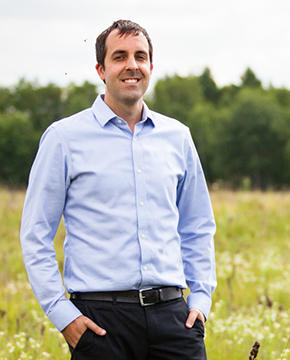 | Dr. Forest Isbell is the Principal Investigator on this project, Assistant Professor in the Department of Ecology, Evolution, and Behavior, Director of MNDrive-Environment, and an Associate at the Institute on the Environment at the University of Minnesota. He investigates how: (1) changes in biodiversity alter ecosystem functioning, stability, and services, and (2) biodiversity and ecosystem functioning respond to global environmental changes, such as land use changes, nutrient enrichment, exotic species introductions, and climate extremes. Biodiversity changes of interest include the losses or gains of plant species, bison, and wolves. Learn more about Dr. Isbell's research! |
Dr. David Mech
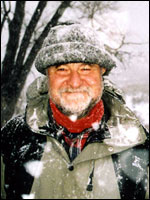 | Dr. Mech is Co-Investigator on this project, a Senior Research Scientist with the U.S. Geological Survey and an Adjunct Professor with the University of Minnesota. He has studied wolves and their prey (deer, moose, elk, caribou and musk oxen) for 60 years, including in Minnesota, Isle Royale National Park, Denali National Park, Yellowstone National Park, and Ellesmere Island, Canada. His research interests include wolf behavior, ecology, population dynamics, and interactions with their prey. Learn more about Dr. Mech's research! |
Dr. Meredith Palmer
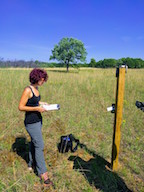 | Dr. Palmer is Senior Conservation Technology Specialist at Fauna and Flora International. Her professional work, including her postdoctoral work on this project while at the University of Minnesota, focused on predator-prey dynamics in North American and African ecosystems. She examines how wolves and lions affect the demography and behavior of their prey. Specifically, she's trying to figure out how the risk of being eaten changes anti-predator decision making in large herbivores. If herbivores can recognize that particular places or times are day are especially risky, how do they alter their behaviors to mitigate that increased predation threat? Dr. Palmer then tracks the cascading effects of predators via prey behavior on plant and soil communities. This trickle-down impact of predators is known as a ‘behaviorally-mediated trophic cascade’, but currently, very little is known little about the circumstances under which these ecosystem-wide predator effects will occur. Learn more about Dr. Palmer's research! |
Dr. Caitlin Barale Potter
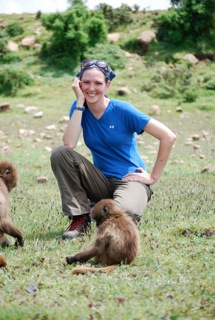 | Dr. Potter is the Associate Director of Cedar Creek Ecosystem Science Reserve. In addition to overseeing research, infrastructure and operations at the reserve, her day job involves a lot of public-facing work: organizing field trips for local K-12 students , providing tours of Cedar Creek’s long-term research experiments, running participatory science projects, bringing Eyes on the Wild into local classrooms, and more. Dr. Potter did her Ph.D work studying monkeys in Ethiopia and her true passions all revolve around animals, conservation and connecting people to wildlife. She helps install and check the remote cameras, recruits and manages volunteers on the participatory science aspects of the work, and works with educators and students to learn about the glories of wildlife work and trail cameras. Learn more about education and public programs at Cedar Creek! |
Dr. Nicole Kollars
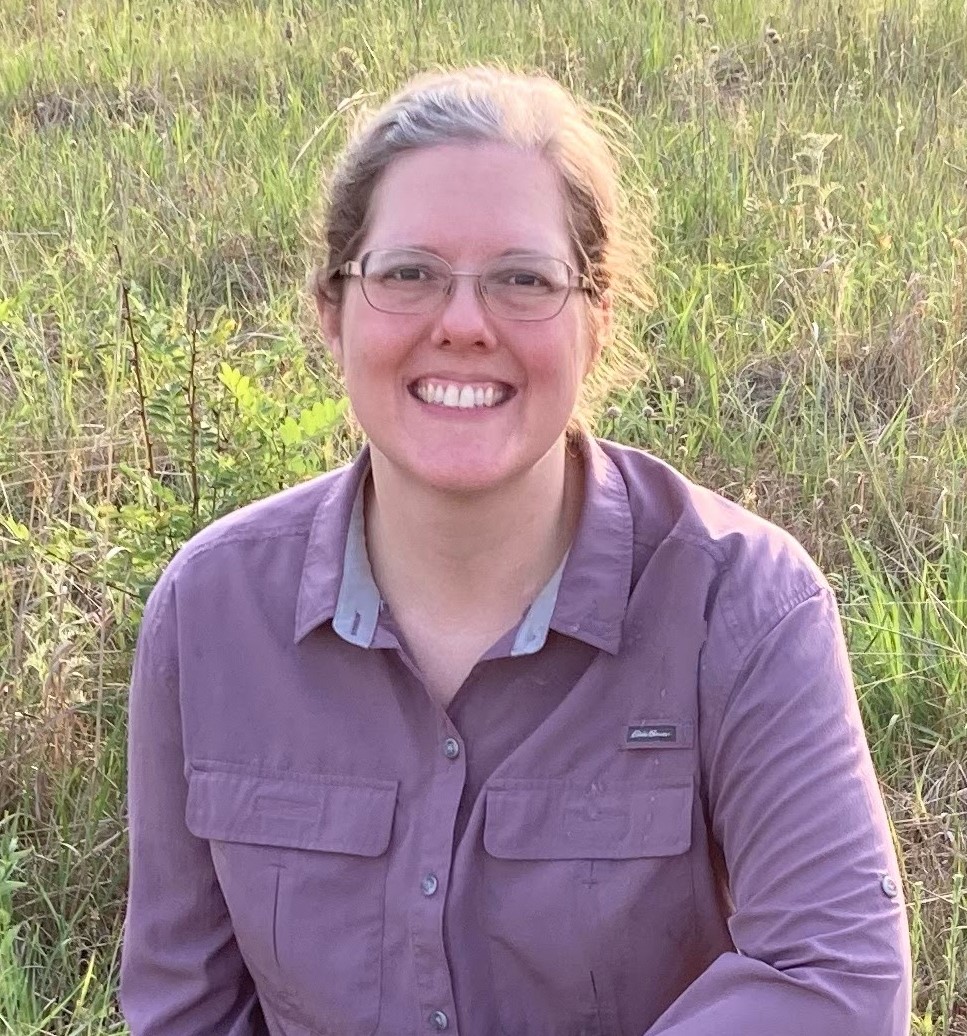 | Dr. Kollars is a lab manager and research scientist in the Isbell Biodiversity Lab. While Dr. Kollars' research focuses on the ecology of plant communities and populations (learn more here), she really loves the Eyes on the Wild Project. Her role is to assist with camera checks and maintenance, coordinate camera check volunteers, download images off the SD cards, and upload images to the Minnesota Super Computer. From there, the images are processed and made ready for our wonderful Zooniverse citizen scientists to do their important work! Dr. Kollars' previous research was in coastal systems and she still has lots to learn about Minnesota wildlife. She is very excited to grow and discover with this community! |
ALUMS
Cristy Portales Reyes
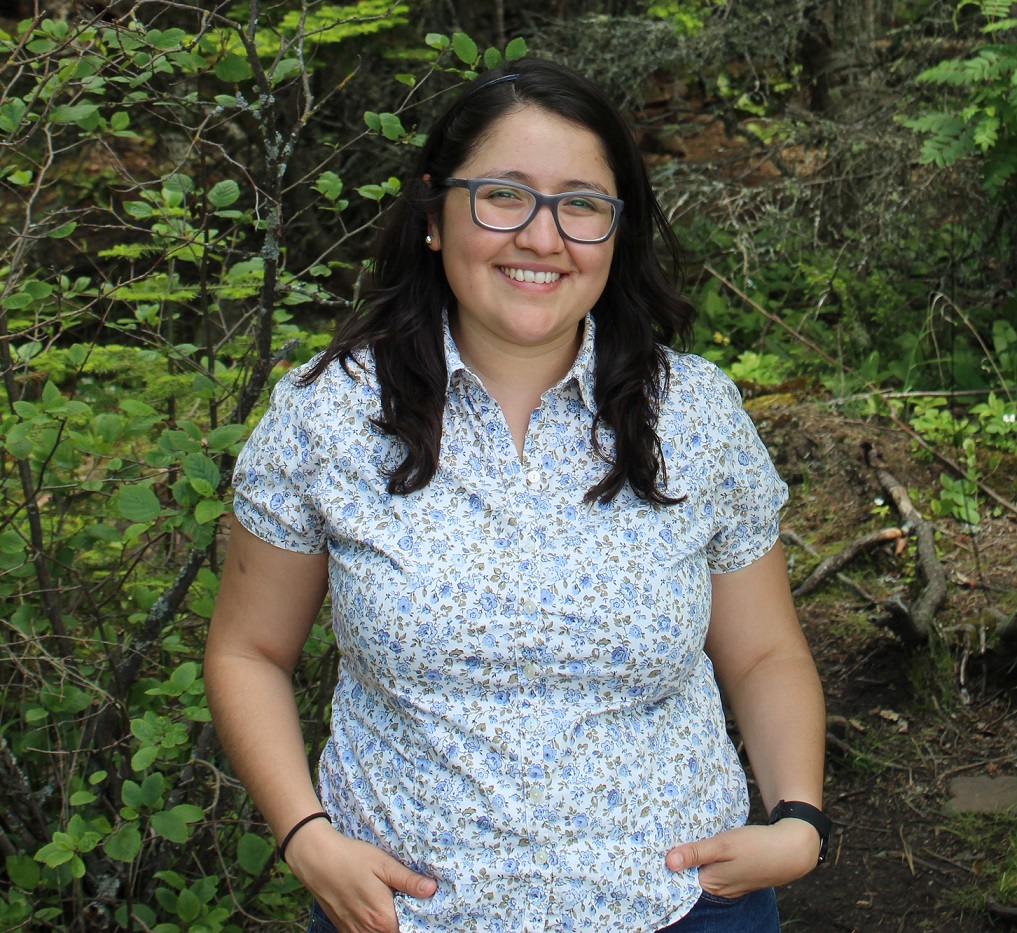 | Cristy Portales-Reyes was a Ph.D Candidate in Forest Isbell's lab. She is interested in understanding how plant communities change through time and whether these changes are related to environmental factors like rainfall, temperature, and nutrient availability. She is also interested in learning how plants interact with other species; from the small but beneficial soil microbes, to herbivores, and now carnivores! For the most part, Cristy has worked on grassland ecosystems and enjoys spending time in tallgrass prairies. She sampled plant and soil communities at the subset of cameras included in Dr. Palmer's experiment, and assists with camera checks. |
Carmen Ebel
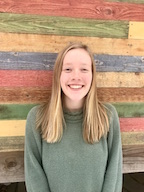 | Carmen was a research technician in Dr. Isbell's lab, after graduating from the University of Minnesota with a degree in Biology and a minor in Environmental Science, Policy, and Management. Her role on Eyes on the Wild involved gathering data about the habitat around each camera as well as deploying and checking cameras seasonally. |
Emma Bublitz
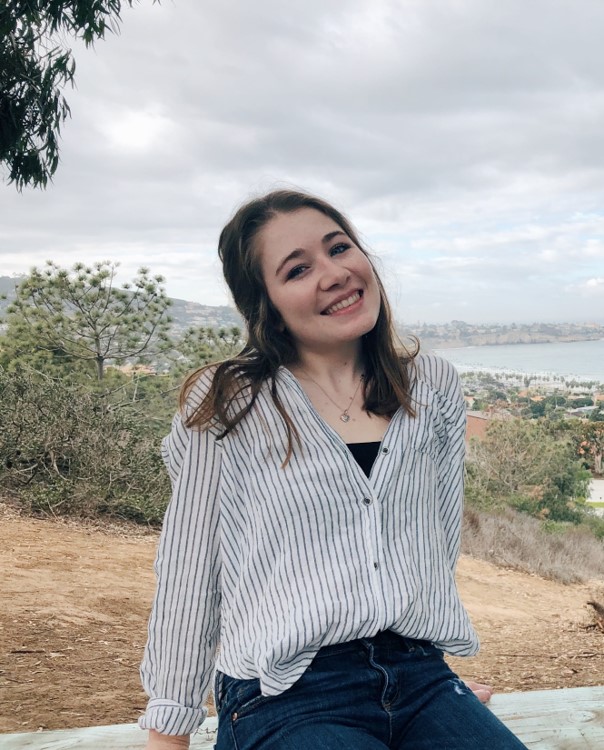 | Emma did an communications internship with Eyes on the Wild while a junior at the University of Minnesota Twin Cities studying biology and professional journalism. Her favorite part of the project is that when classifying, you have the opportunity to see the (sometimes hilarious) behaviors of the animals at Cedar Creek. |
Funding Acknowledgement
 | Funding for this project was provided by the Minnesota Environment and Natural Resources Trust Fund as recommended by the Legislative‐Citizen Commission on Minnesota Resources (LCCMR). The Trust Fund is a permanent fund constitutionally established by the citizens of Minnesota to assist in the protection, conservation, preservation, and enhancement of the state’s air, water, land, fish, wildlife, and other natural resources. Currently 40% of net Minnesota State Lottery proceeds are dedicated to growing the Trust Fund and ensuring future benefits for Minnesota’s environment and natural resources. |